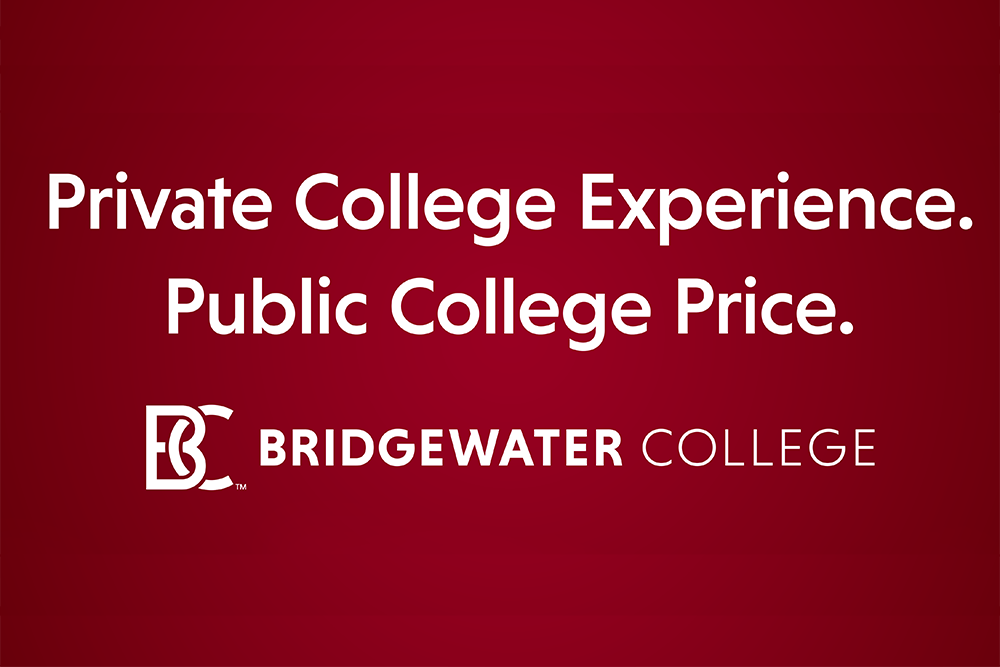Bridgewater College and its president stake out a prominent position in the national conversation about the cost–and the value–of higher education.
In August, Bridgewater College announced that starting in fall 2024 it would lower its published undergraduate tuition price to $15,000, down from $40,300. The move, years in the making, is a strategic one, designed to remedy skepticism about the cost and value of higher education. Published tuition prices at private colleges across the country are discouraging prospective students and families from even considering applying, and these are often the very students who can benefit most from the BC Experience. President David Bushman has become a leading voice for tuition transparency, and Bridgewater’s bold move to “Get Real” about its tuition and the value of higher education has been featured in multiple national publications since the announcement.
“Not everyone needs a college degree to be successful, but almost everyone’s life can be better and fuller if a college degree is part of their experience. The published tuition price should reflect the actual cost of a college education instead of making it a confusing part of a complicated pricing strategy. We owe it to students and their families to be transparent about one of the most important investments they can make,” wrote President Bushman in an op-ed published in Fortune magazine.

Inside Higher Ed
“Time to Get Real About Tuition”
By David Bushman, published Aug. 28
That higher education is facing a moment of crisis is widely understood. A perfect storm of conditions—a lack of confidence in voices of authority, incivility in discourse, the economic fragility of students and families, and a craving for immediate return on investment—has fostered a cynicism in the public that has persuaded many that a college degree is simply no longer worth it.
Worse, we in higher ed have been complicit in reinforcing that conclusion through the opaque high-tuition/high-discount pricing model that is nearly ubiquitous in private higher education. We are undermining the real value of higher education and dissuading many of those who could benefit most from even applying to college. This is a collective failure of mission and an abandonment of the moral high ground colleges and universities used to occupy—a high ground we need to reclaim.
The high-tuition/high-discount model was initially designed to make higher education more affordable to low-income students. A portion of the tuition dollars paid by some students offsets the tuition that couldn’t be paid by those needier students. For a while, this system worked: there were enough students willing to pay close to the full price that their tuition dollars could help pay for the education of their needier peers.
Then it became an arms race. Competing for the same shrinking pool of students, many colleges found themselves in a self-destructive cycle in which we fought for students by offering bigger and bigger discounts to more and more admitted students—including to families who may not need them. Eventually, most of the “scholarships” stopped being backed by real dollars and stopped funding anything related to the educational experience; they became “coupons” designed to make tuition more affordable. We incentivized matriculation (read: bought students) with these coupons to generate at least some revenue from each student we enroll.
Tuition discount rates are now at an all-time high. Private colleges cut, on average, 56.2 percent of tuition for first-time undergraduate students, meaning that colleges, on average, forgo $56.20 for every $100 they charge students for tuition. And that number is much higher for those institutions that have depended heavily on the discounting arms race to bring students to campus over the last 20-plus years.
Most private colleges are losing or have lost the ability to “buy” students, no matter how steep the discount. As tuition discount rates creep steadily upward, colleges find themselves discounting far beyond even the national average. At the current pace, colleges could find themselves needing to charge almost $100,000 a year with an 80 to 90 percent discount rate in a decade. Such projections enter the realm of the absurd as discount rates approach 100 percent.
This is a fiscal challenge for individual colleges, but the real harm is to higher education as a whole.
The “average” private college charges about $40,000 a year in tuition and fees, but it’s unreasonable to suggest that it actually costs that much to educate a student at the average private college. There are some wealthy, highly selective private colleges with much higher than average tuition that might spend that much (or more), but they are few in number, and their exclusivity places them so far from the average that they can hardly be considered representative. Tuition discounting is so embedded in the business model for the rest of us that we budget on the expected net revenue after the discount has been written off. But shouldn’t we have an obligation to be transparent about college costs? We are very good at shining a light on the positive outcomes of the college experience and the degree that is earned, both economic and otherwise. Shouldn’t we be equally attentive in shining a light on what it actually costs to have that experience and earn that degree?
High tuition prices—often a significant fraction of a family’s annual income—create cynicism about the real value of higher education. The price tags have gotten so gaudy that many families are simply having a difficult time embracing the notion that college is worth spending that much every year for four years. We know that many students and their families look first at the published tuition price when making their college decisions and won’t even consider private colleges if they appear too expensive. Sallie Mae and Ipsos’s annual “How America Pays for College” study finds that 60 percent of families have eliminated colleges they’re considering applying to due to high cost. This is true for an even higher proportion of low-income families. The very students and families who stand to benefit the most from the kind of relational, supportive education offered at smaller private colleges are not even considering us.
We offer a great education—and transformative value—that is accessible to many. In this regard Bridgewater College is not alone. But if we want to win the argument about the value of higher education, we have to be transparent about the actual cost. No more gimmicks and games with tuition prices. It’s time to reclaim the mission of higher education and the moral high ground that we have surrendered. It’s time to get real.
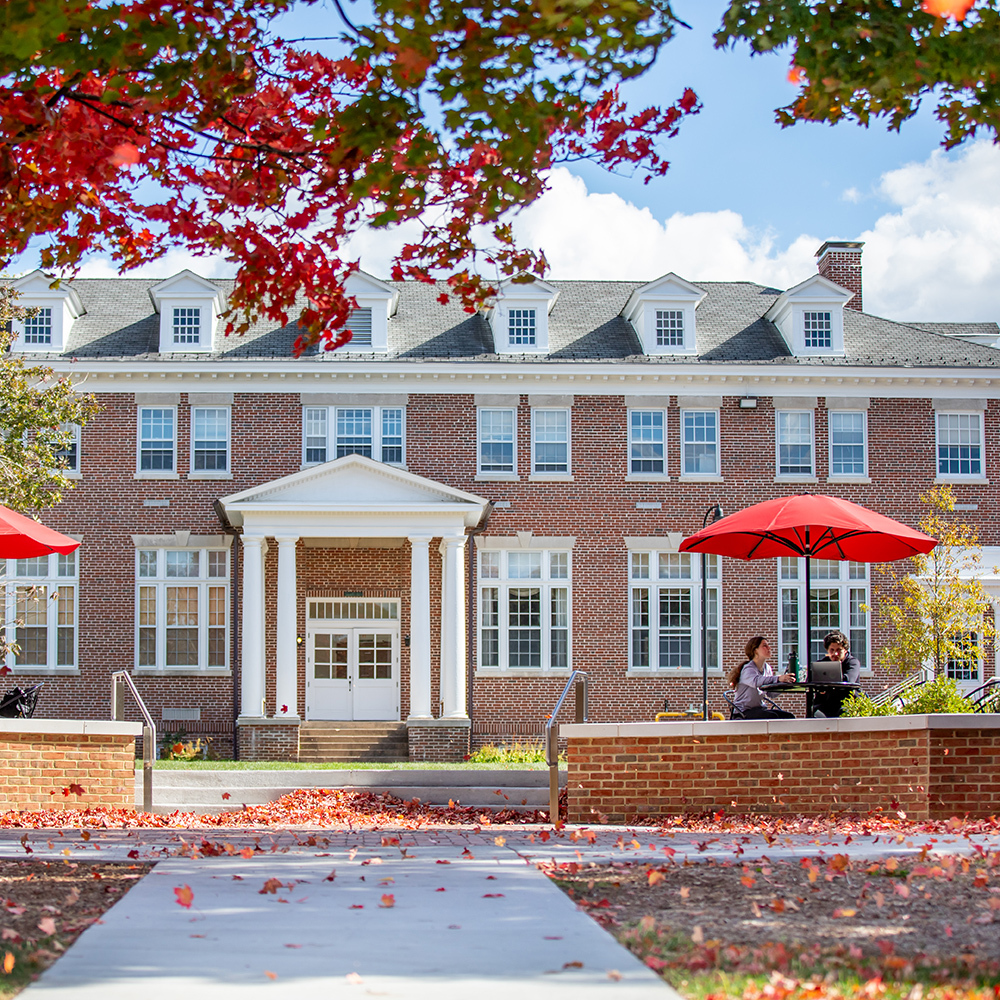
Inside Higher Ed
Excerpt from “Tuition Resets Continue Amid Public Skepticism of College’s Value”
By Kathryn Palmer, published Sept. 15
“I don’t think you can be a small, private college and not have at least thought about resets,” said Bushman, who added that as far as he’s aware, virtually no student enrolled at Bridgewater is currently paying the full $40,000 tuition. “We were in a position doing what everyone’s been doing—the high-tuition/high-discount model—for a very long time, and I suppose for a time that worked well. But I do think the economic fragility created by the Great Recession and then the COVID recession has made families a lot more price conscious.”
According to a 2023 report produced by Sallie Mae, a private student loan lender, and Ipsos, a market research and consulting firm, 78 percent of families said they eliminated colleges from consideration based on price.
Bushman said Bridgewater’s reset will put the sticker price much closer to those of public colleges in the state with which Bridgewater competes for students. (James Madison University’s published tuition and fees for in-state students are $13,576, and George Mason University charges $13,815.) He said the reset plan has been in the works for a couple of years.
“It is getting more competitive. There are fewer students, but for the popu-lations that are now going to be looking at college, I want to make sure we’re communicating our accessibility to them,” Bushman said.
Other than highly selective, name-brand institutions, he said, “Everybody is going to get to a place where they have to reckon with this reality.”
Bushman says he fully expects the reset to be “enrollment-positive.”
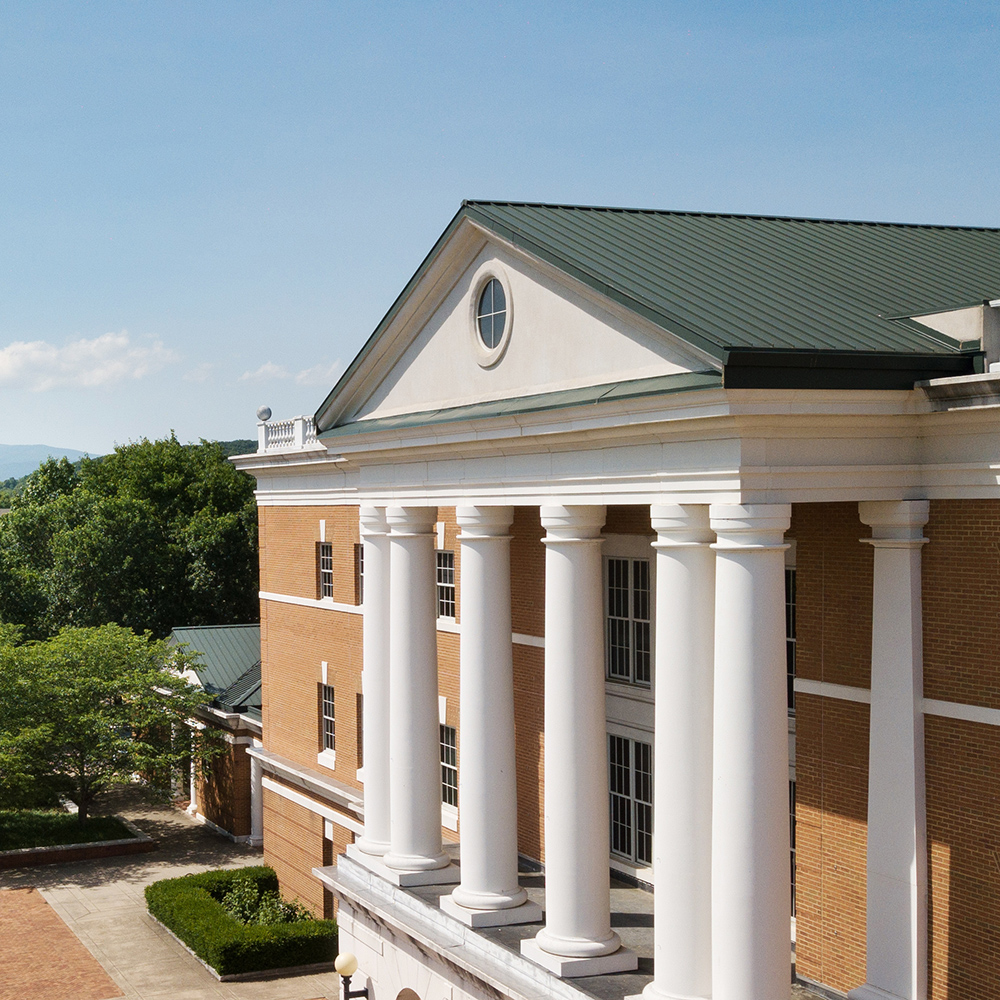
Fortune
Excerpt from “Almost no one really pays inflated college sticker prices–they just make education seem expensive. Now more colleges are getting real about tuition”
By David Bushman, published Oct. 6
This model, now the norm for all but the wealthiest and most elite private institutions, originated some 40 years ago. At the time, it was intended to make higher education more affordable to low-income students. A portion of the tuition dollars paid by some students was used to offset the tuition that couldn’t be paid by those needier students.
The system worked as long as there were enough students paying close to the full price so that some of their tuition dollars could help pay for the education of their needier peers. As the pool of potential students has gotten smaller, many colleges have found themselves fighting for students by offering bigger discounts to more students, including those who may not need them.
This creates a real financial challenge for individual colleges, but the worst consequence of runaway tuition pricing and discounting is the unintended consequence of appearing financially out of reach for so many prospective students.
This is especially true for Pell-eligible students and first-generation college students, among others. The very students and families who stand to benefit the most from the kind of relational, supportive education offered at smaller private colleges are not even considering us. They may make other choices about where they will pursue their education–or may choose simply not to go anywhere at all.
At Bridgewater College in rural Virginia, we’re getting real about tuition by reducing our undergraduate sticker price by more than 60% starting next fall to make programs more clearly accessible and to better reflect the cost of education.
Not everyone needs a college degree to be successful, but almost everyone’s life can be better and fuller if a college degree is part of their experience. The published tuition price should reflect the actual cost of a college education instead of making it a confusing part of a complicated pricing strategy. We owe it to students and their families–to be transparent about one of the most important investments they can make.
This article originally appeared on Fortune.com.
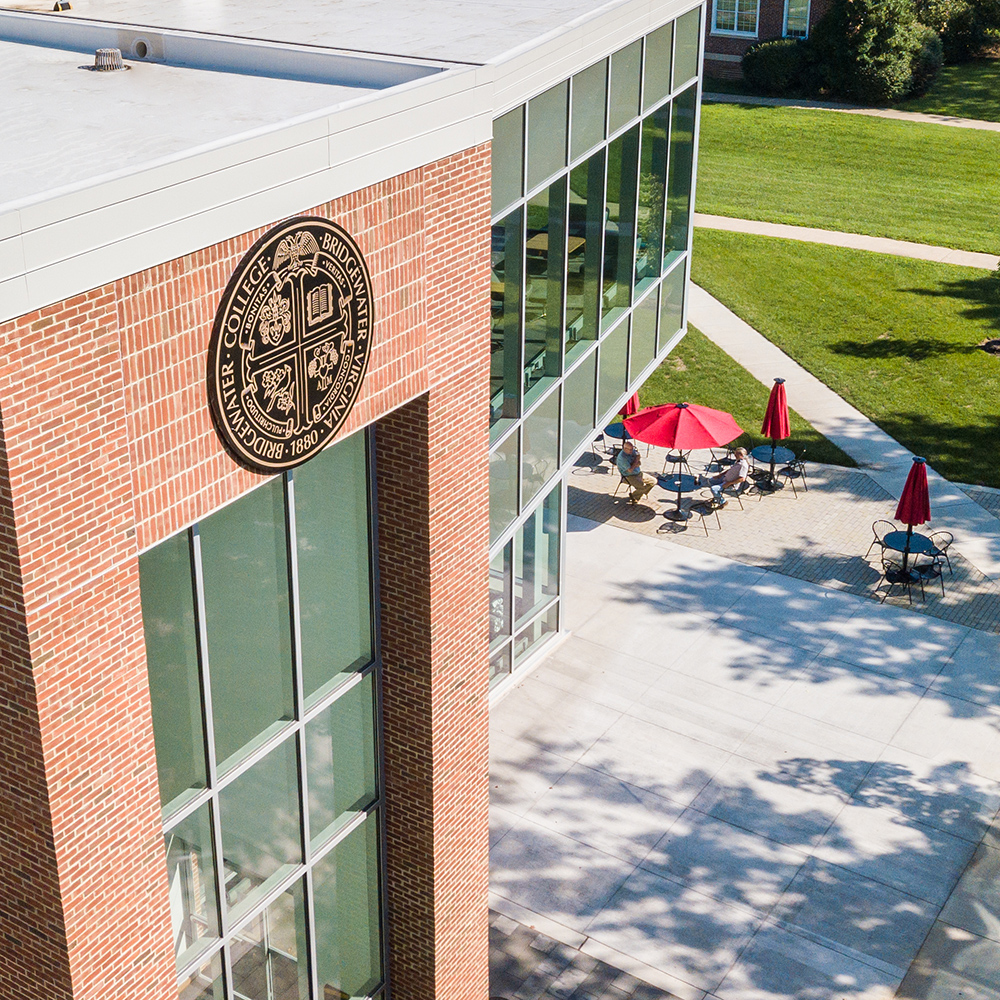
Higher Ed Dive
Excerpt from “More colleges are resetting tuition. Does the strategy work?”
By Danielle McLean, published Oct. 9
The college has a healthy endowment —about $98 million in fiscal year 2022—and strong donor support but is not a wealthy institution, said David Bushman, Bridgewater’s president.
Years earlier, Bridgewater leaders rejected resetting tuition out of fear that lowering the sticker price would make the college appear less valuable, Bushman said. But Bridgewater’s high list price may have been scaring off many of the lower-income students the college typically attracts.
“Even though all of us have played the high tuition, high discount [game] for a very long time, I think that model for many, many prospective students is broken,” said Bushman. “For us, dissuading those students, or even being complicit in dissuading those students, is problematic from a mission standpoint.”
And Bridgewater is aiming to lower barriers that may deter potential applicants—many of whom are Pell-eligible or first-generation students, he said. While the college is comfortable with its current enrollment of just over 1,400 students, Bushman believes it has some room to grow.
“I’m certain it’s going to be positive for the college’s financial health moving forward,” Bushman said. “We’ll be more competitive.”
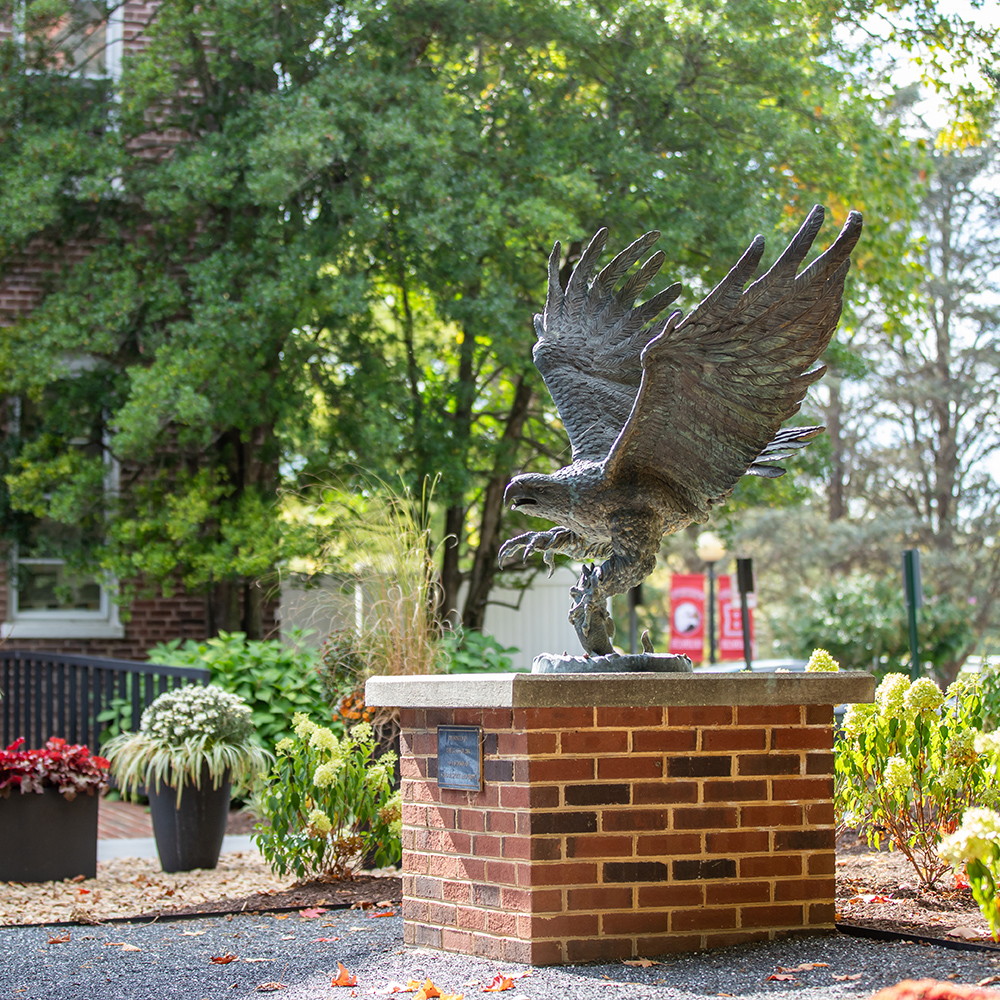
University Business magazine
Excerpt from “President’s corner: Bridgewater College wants to change the narrative on higher ed”
By Alcino Donadel, published Sept. 15
For Dr. Bushman, a U.S. public that can’t trust its higher education institutions is “tragic” not just for Bridgewater, but the entire country.
This critical point for higher education to re-stake its claim as a pillar in American society in the public’s eyes intersects with Bridgewater College’s first-year student enrollment and retention rates rebounding from the pandemic.
“This is one of those moments where it’s about stepping out and being a leader and being part of a national dialogue about the real value of higher education,” says Bushman. “I’m excited for that. I think that’s a conversation we need to have.”
In order to reach the right students, Bushman is highly intentional in curating Bridgewater’s brand and image to pique the interest of the right kind of student—not all students possible. “You can’t be everything to everyone,” he says.
But the key to a strong marketing strategy is being substantive enough to speak with authority. “We’re very genuine with how we talk about ourselves; it’s ‘authenticity sells,’” he says. “That’s our marketing strategy.”
